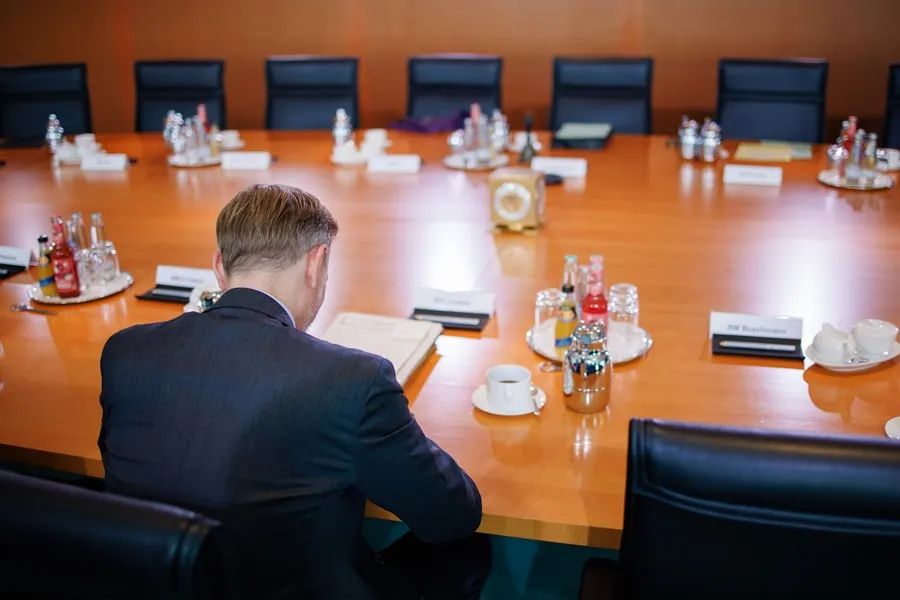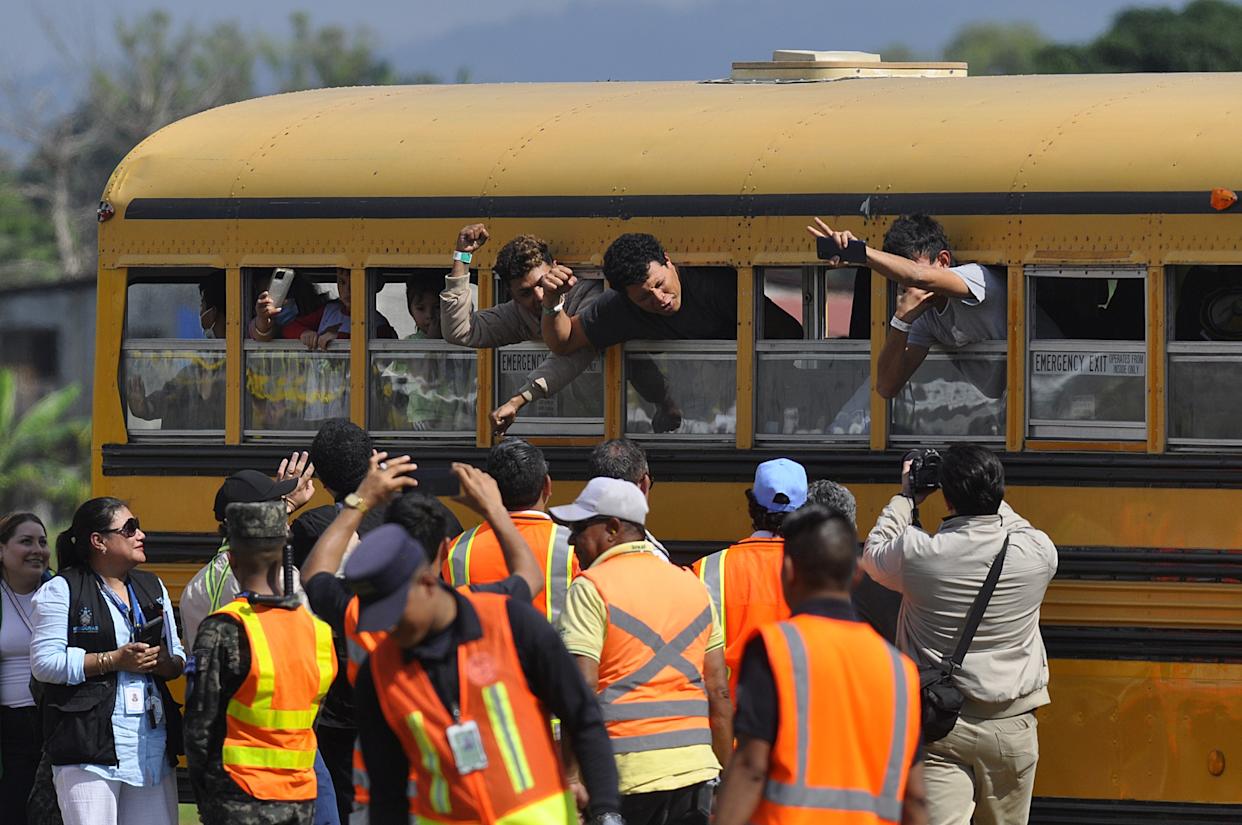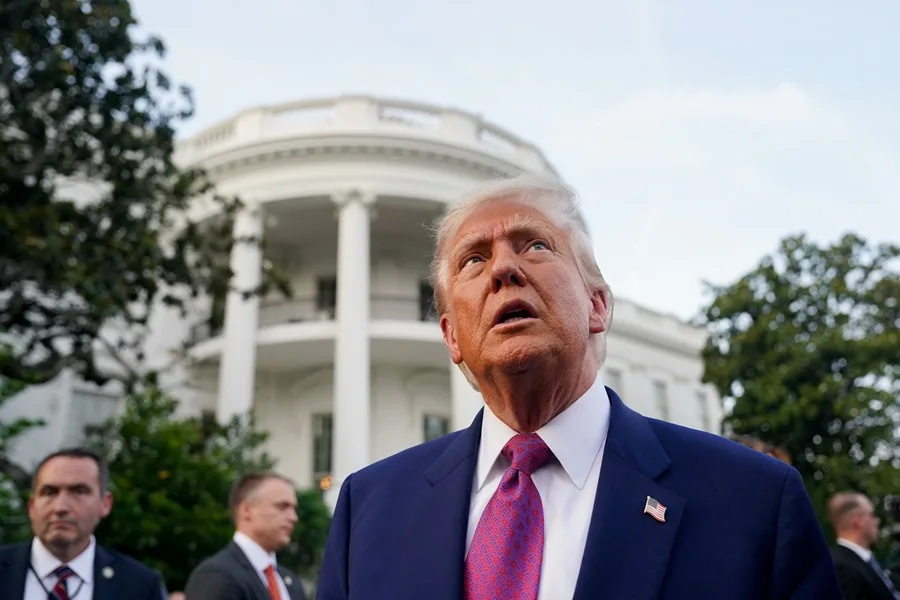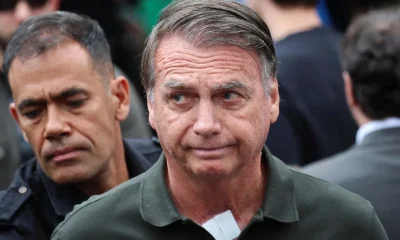International
Keys to the political crisis in Germany: What will happen after the breakup of the coalition government?

The breakup of the coalition government in Germany opens the way to early elections once the head of government, the social democrat Olaf Scholz, does not overcome the motion of confidence scheduled for January 15, as expected.
These are the keys to the path established and detailed in the German Basic Law towards early elections, which will probably take place in the spring if the date of the motion of confidence is not advanced, as the opposition has already demanded.
– In accordance with article 68 of the Basic Law, the chancellor, as announced on Wednesday, will request a vote of confidence in the Bundestag on January 15, with the expectation that the Lower House will not give it to him and thus early elections will be called that the social democrat Scholz hopes will be favorable to him.
– The chancellor may then ask the president, Frank-Walter Steinmeier, to dissolve the Bundestag and will have a maximum period of 21 days to do so.
Once Parliament is dissolved, new elections must be held within a maximum period of 60 days. In this case at the end of March or beginning of April.
A government in office
– After the dissolution of the Bundestag, the chancellor and his ministers will continue to hold their respective positions in office.
The three portfolios occupied by the Liberals that are empty after the dismissal of the Minister of Finance, Christian Lindner, and the departure by his own decision of those of Justice, Marco Buschmann, and Education, Bettina Stark-Watzinger, could be assumed by other ministers, although the chancellor can propose different successors.
The fourth portfolio occupied by the liberals, that of Transport and Digital Affairs, will continue at the personal request of Scholz in the hands of Wolfgang Wissing, who announced that he is leaving his party so that his decision does not involve a burden.
– However, with the dissolution of the Bundestag and the call for new elections, political activity will be paralyzed, since the parties will immediately switch to campaign mode. This could be relevant to the 2025 federal budget if it is not approved, which is most likely.
Then the so-called provisional budgetary management would come into force and only from January it will be possible to incur expenses for which there is a legal obligation.
The vote of confidence
– In the history of the Federal Republic, only four chancellors submitted to a vote of confidence, although only two of them sought, as the Basic Law intends with this option, to obtain the vote of confidence, while three others pursued precisely the opposite: not achieving a majority.
In 1982, Social Democratic Chancellor Helmut Schmidt submitted to a vote of confidence to calm a coalition crisis, although that same year he lost a motion of censure. In 2001, Social Democratic Chancellor Gerhard Schröder used the vote of confidence to secure the approval of the controversial deployment of the Bundeswehr – the armed forces – in Afghanistan.
On three occasions, however, the vote of confidence was a maneuver to pave the way for early elections: in 1972, by Social Democratic Chancellor Willi Brandt; in 1982 by Conservative Chancellor Helmut Kohl; and in 2005 by Schröder.
The first two managed to strengthen their coalitions with this maneuver, but in the case of Schröder, his party lost the elections in favor of the conservatives, who took over the government with Angela Merkel.
International
Meta Says Russia Seeks to Ban WhatsApp for Defending Secure Communication

U.S. tech giant Meta, the parent company of WhatsApp, said that Russia is seeking to ban the messaging app because it “challenges government attempts to violate people’s right to secure communication.”
Russian authorities have encouraged citizens to switch to state-backed applications, and in August they already blocked WhatsApp’s calling feature.
On Friday, the communications regulator Roskomnadzor claimed that the platform was being used to “organize and carry out terrorist acts in the country, recruit perpetrators, and facilitate fraud and other crimes.”
“If the messaging service does not comply with Russian law, it will be completely blocked,” the regulator warned.
WhatsApp remains one of Russia’s most widely used messaging services, alongside Telegram.
Moscow is pressuring both platforms to grant authorities access to user data upon request for investigations into fraud and activities the government labels as “terrorist.”
Human rights advocates fear the demand could be used to target critics of the Kremlin, President Vladimir Putin, or the war in Ukraine.
International
Archbishop Wenski criticizes Trump’s deportation policies, calls for stronger push for reform

The Archbishop of Miami, Thomas Wenski, has called for increased pressure on the U.S. Congress to advance comprehensive immigration reform and criticized President Donald Trump’s mass deportation policies, arguing that they “do nothing to help.”
“We need to apply more pressure on Congress so lawmakers can make the necessary changes. It is also important for the Administration to listen to our voice. We do not want to be anyone’s enemy—we are Americans,” Wenski said in an interview with EFE.
The religious leader, who heads one of the dioceses with the largest Latino and Haitian populations in the United States, issued a call to defend the rights of migrants. He also emphasized that the U.S. Conference of Catholic Bishops (USCCB) has maintained a strong and public stance in favor of migrants for decades.
International
Trump relaunches diplomatic push to finalize U.S.-Backed peace plan for Ukraine War

U.S. President Donald Trump announced on Tuesday that his diplomatic team will resume meetings with delegations from Russia and Ukraine in an effort to pressure both sides to accept the peace plan proposed by Washington to end the war in Ukraine.
As part of this new round of talks, U.S. Special Envoy Steve Witkoff will travel to Moscow to meet with Russian President Vladimir Putin. Meanwhile, Army Secretary Dan Driscoll will hold discussions with Ukrainian representatives to narrow differences on the remaining points of the agreement.
Trump also confirmed his intention to meet personally with Ukrainian President Volodymyr Zelensky and with Putin, though he emphasized that such meetings will only take place “when the agreement is fully finalized or in its final stage.”
The president claimed that his administration has made “tremendous progress” toward resolving the conflict and reiterated that the war “never would have started” if he had been in the White House at the onset of the crisis.
The U.S.-backed peace plan consists of 28 points and has been revised following feedback from both sides. According to Trump, only “a few points of disagreement” remain under active discussion.
One of the most controversial aspects of the proposal is the suggestion that Ukraine cede parts of the Donbas region to Russia and limit the size of its armed forces. Kyiv is working closely with Washington to soften these clauses in search of an arrangement that does not compromise its sovereignty or security.
With this diplomatic push, Trump aims to solidify his role as the main mediator in the conflict and steer the war toward a political resolution after years of devastation, humanitarian crisis, and rising global geopolitical tensions.
-

 International4 days ago
International4 days agoTrump relaunches diplomatic push to finalize U.S.-Backed peace plan for Ukraine War
-

 International4 days ago
International4 days agoBolsonaro misses appeal deadline, faces imminent prison order by Brazil’s Supreme Court
-

 International4 days ago
International4 days agoMan pleads not guilty in Liverpool parade incident that injured more than 130
-

 Central America2 days ago
Central America2 days agoPanama reinforces security with new helicopters and Super Tucano Aircraft purchases
-

 International4 days ago
International4 days agoMacron to announce new voluntary military service amid rising security concerns in Europe
-

 Central America2 days ago
Central America2 days agoTrump urges hondurans to back conservative candidate Nasry Asfura in november elections
-

 International2 days ago
International2 days agoArchbishop Wenski criticizes Trump’s deportation policies, calls for stronger push for reform
-

 Central America9 hours ago
Central America9 hours agoTrump Pardons Former Honduran President Hernández and Warns of Aid Cuts Ahead of Election
-

 Central America2 days ago
Central America2 days agoWashington calls for oversight as Honduras faces allegations of electoral interference
-

 International9 hours ago
International9 hours agoMeta Says Russia Seeks to Ban WhatsApp for Defending Secure Communication






























